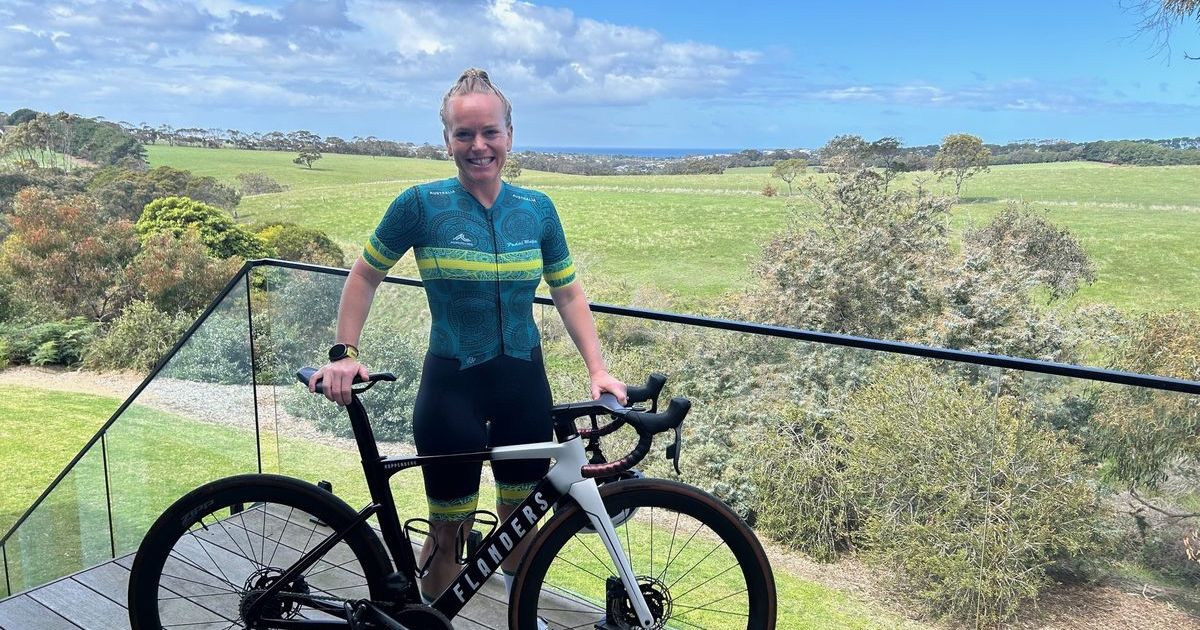What to expect after your baby is born

The simple act of placing your newborn on your chest for skin-to-skin contact plays a vital role in helping your little one adjust to life outside the womb.
PREGNANCY is an incredible journey, with every step leading to the birth of your new baby.
When your newborn finally arrives, those early moments are a very special time for closeness, establishing feeding, and beginning the process of your own physical recovery. Here’s how:
Skin-to-skin contact
The simple act of placing your newborn on your chest for skin-to-skin contact plays a vital role in helping your little one adjust to life outside the womb.
Putting your baby onto your chest for direct skin to skin contact immediately after birth offers more than just those blissful first cuddles. Benefits include:
- Stabilises your baby’s heart rate, breathing, and blood pressure
- Helps your uterus to begin contracting back to its original size
- Reduces bleeding
- Encourages your body’s production of oxytocin (the “love” hormone), which promotes bonding
- Helps your baby to find and latch onto your breast
- Warms your baby naturally, using your body heat, and
- Calms and soothes your baby, reducing their discomfort and distress, and helping to minimise any crying.
If there is a medical issue, skin-to-skin contact may be delayed. However, whenever possible, your birthing team will do all they can to ensure you and your baby can bond through this remarkable first contact.

The first breastfeed
The first hour after birth is a very important time for you and your baby and maximising skin-to-skin contact. The time that your baby spends on your chest helps nurture their natural feeding instincts, which see them searching for your breast, latching on and sucking.
Research has shown that most babies are able to actually make their way from the mother’s abdomen up to the breast, latch on and start breastfeeding without any help at all! It is usual for this process to take up to an hour or a little longer. Babies who self-attach like this are less likely to have breastfeeding problems later on.
Cord clamping
There are two different methods when it comes to cord clamping: immediate and delayed.
Immediate cord clamping is where the cord is clamped as soon as the baby is born.
Delayed cord clamping means waiting until the cord stops pulsing before it is clamped, which can take up to minutes. Delaying cord clamping allows your baby’s special, stem cell rich blood to keep flowing into your newborn which can increase birth weight, haemoglobin and iron stores.
In some cases, it may slightly increase the risk of jaundice, so it’s a good idea to discuss your preferences with your obstetrician in the lead up to your baby’s birth.
Developed by Epworth midwives and obstetricians, Bump, Birth & Bub is your ultimate resource for pregnancy, birth and newborn care.
Download free copy >>> Download
// Sponsored Content

















